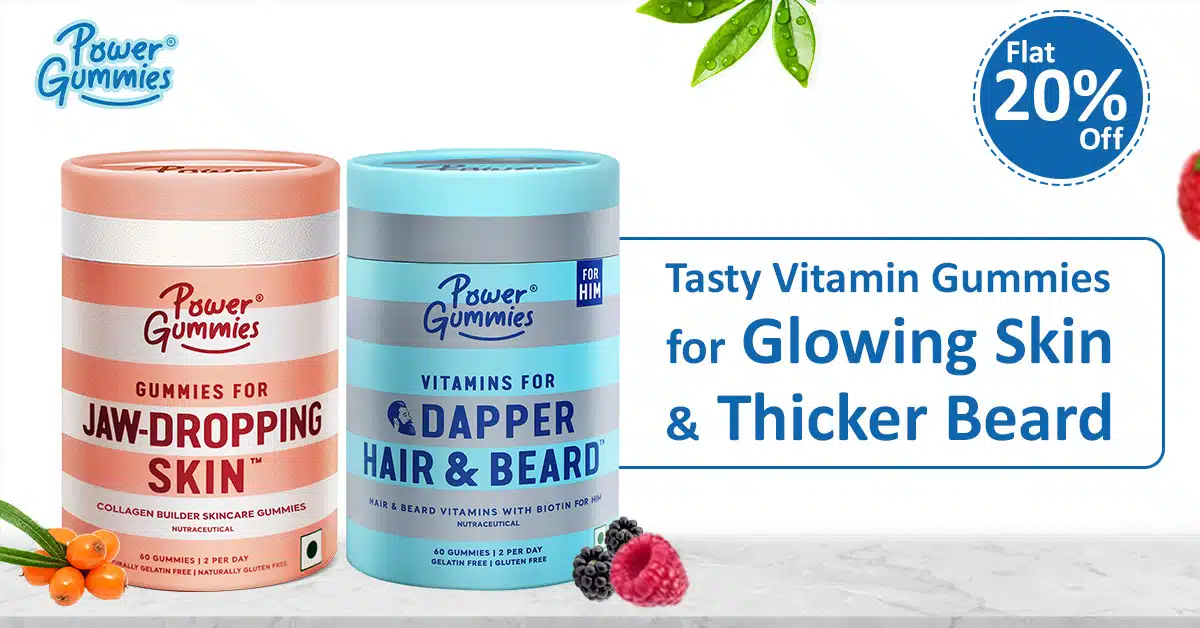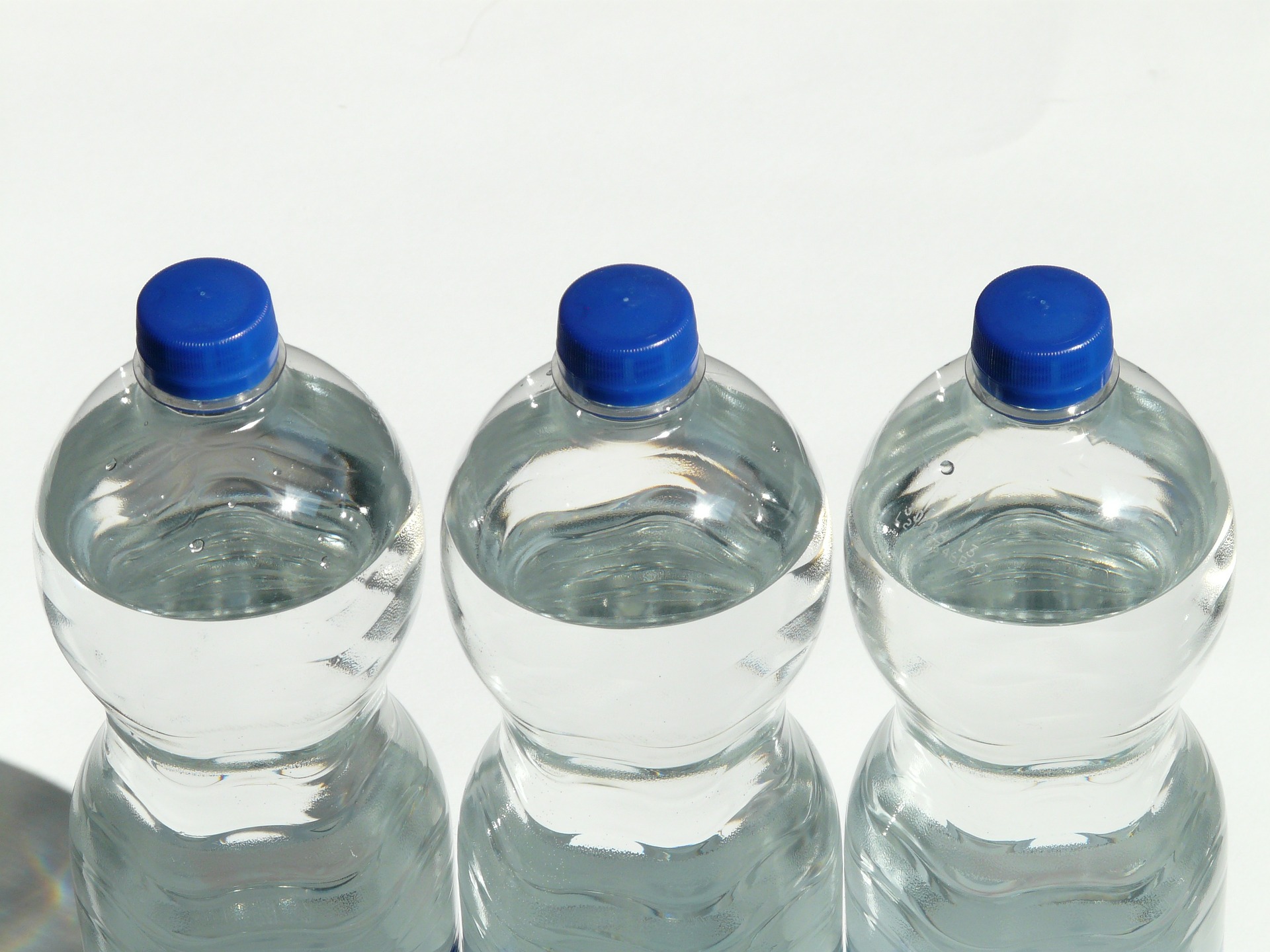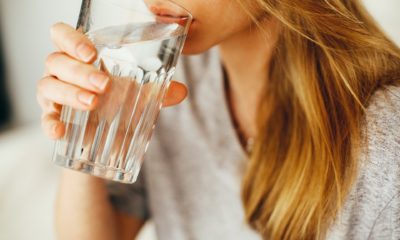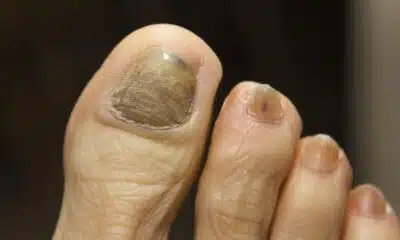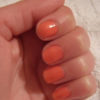HEALTH
Bottled Water vs. Tap Water: How to Decide
According to recent estimates, over 4 billion people (about two-thirds of the global population) face severe water scarcity for at least one month every year, and more than 783 million people lack reliable access to safe drinking water altogether. In addition to that, in a report entitled Thirsting for a Future: Water and children in a changing climate, UNICEF estimated one in four children would be living in areas with extremely limited H2O supply by 2040 due to the effects of climate change.
And as water scarcity continues to pose a pressing issue worldwide, more and more people are switching to bottled water for safety concerns and convenience. In some parts of the world, only bottled water is safe for use, but even in states where tap H2O is clean enough for consumption, many people still prefer to take their refreshments from a plastic container instead of the faucet. But is bottled water better than its tap counterpart, and which of the two should you opt for if you want to do good by both the environment and your health?
Bottled water: Not a green way to go
Bottled water has by now become a standard in countries where tap water isn’t considered safe. Nevertheless, in regions where tap water can be consumed without health concerns, bottled H2O is still in high demand due to taste, the convenience of use, and overall quality – and in some cases, bottled H2O even doubles as a status symbol or fashion accessory.
But while bottled water is a better fit for people who often travel or suffer from chronic health issues that may aggravate through exposure to contaminants and toxins commonly found in tap water, bottled H2O isn’t 100% safe for Planet Earth since the use of plastic containers contributes to environmental pollution. According to certain sources, 80% of all plastic bottles eventually end up in landfills, which is a rather startling figure if you take into account the fact that a single water bottle takes up to 1,000 years to decompose.
The takeaway: You may enjoy your H2O more when it comes from a bottle, but Mother Nature won’t be exactly pleased once the plastic container lands in its lap.
The hard fact about bottled water
In addition to the hefty ecological toll, bottled water isn’t always fresh: its freshness depends on the bottle’s shelf life. Since bottled water doesn’t contain chlorine added to tap water to hinder bacterial development, drinking stale bottled H2O may not be exactly all that safe.
And that’s not all still: on top of the environmental strain, bottled water can put a strain on your wallet, and the annual cost of bottled H2O can be a pretty steep price to pay for the convenience of use. Beverage Marketing Corporation data shows 65% of all bottled water sales revenues come from single-serve plastic bottles, which is a lot if you bear in mind the fact that water that’s pre-filtered, packed inside bottles, and ready for use is as many as 600 times more expensive than standard tap water.
The takeaway: If you have money to burn, feel free to set it on fire; you’ll always be able to buy enough bottled water to put the flames out.
Labels don’t tell the whole story
The EPA uses the same standards to test bottled and groundwater, but reporting standards for tap and bottled H2O aren’t the same. The gap in water quality reporting procedures has created a convenient loophole some brands don’t hesitate to use when looking to get away selling water that doesn’t fit the federal quality requirements.
As a product that falls under the Food and Drug Administration (FDA) jurisdiction, bottled water is required to bear a label listing basic information such as the producer’s name and nutrition facts. In addition to that, the labels on flavored water packing should list flavorings used in production, and these must comply with all applicable FDA safety requirements. Unfortunately, water safety isn’t always a given even with all these regulations in place: back in 2009, the U.S. Government Accountability Office conducted an inspection which established that only “a small percentage” of all bottled water manufacturers give their buyers access to relevant water quality information which municipal water suppliers are required to provide.
The takeaway: The fact that you’re drinking water from a bottle and not the tap doesn’t mean you’re safe from common H2O pollutants – quite the opposite.
The ins and outs of tap water
Though it’s far more cost-efficient option than bottled water, tap water isn’t all about freshness and no health risks. In some cases, the quality of standard tap water can be compromised due to the water supply system’s old age or presence of waterborne pollutants such as bacteria, germs, or heavy metals which can seriously jeopardize human wellbeing.
For this reason, homeowners should have tap water tested regularly and take the steps to fix or replace damaged plumbing without further ado. On top of that, you can use tap-mounted filters and whole-house filtration systems to eliminate toxins, chemicals, heavy metals, and other potentially hazardous particles found in tap water that can cause health glitches and compromise your family’s long-term well-being.
The takeaway: If you’re not sure whether the tap water in your home is safe, you should have it tested or use a filter, just to stay on the safe side of the faucet.
Flush away tap H2O pollutants
If you want to play your aquatic games safe, you should go over a few different UV home water treatment options and pick the one that suits your needs and budget best. Top-of-the-crop H2O disinfection systems come in various models, ranging from under-sink and whole-house purifiers to swimming pool and pond clarification equipment.
In case all you need is reliable water to go H2O filter for a one-time trip to a country where tap water isn’t safe for drinking, you can grab a purification straw and call it a safe H2O shot. If you want to minimize waterborne health risks at home sans steep price tags attached, however, you should have your water supply system regularly inspected and serviced. You can also use a DIY purifier or a standalone water filter as a temporary solution until you’ve saved up enough cash for a whole-house filtration setup.
The takeaway: There are many water filtering options out there, so you shouldn’t have any major problems finding the one that fits your household’s needs and budget.
Tap vs. bottle: The showdown
The next time thirst strikes home, should you turn on the tap or pick up a bottle? If you want to do good by the planet, you should drop the bottle over tap water right now. Not only will you be doing the environment a favor, but you’ll also get to save a lot of cash down the road which you can use to buy a premium-class water filter that will last you for years.
Nevertheless, before you gulp down your next mouthful of tap water, it may be a smart move to have it tested and disinfected. After all, you can never know if your water supply system may be contaminated with potentially hazardous particles that shouldn’t be allowed to get anywhere near your oral cavity. If you want to knock over two bottles by a single blow, it’d be best to get a whole-house filter and store water in reusable BPA-free bottles. That way, your refreshment will always be safe for both your family and the environment.
Your mom was right: hydration is important, but you shouldn’t drink all H2O you stumble across. About 60% of your body is made of water, and the Institute of Medicine recommends state an average adult should drink 9-13 cups of water a day. Nevertheless, before you throw down the next glass of all-natural refreshments, make sure it’s as good for your health and Mother Earth as it’s supposed to be. Here’s to your long-term wellbeing!



